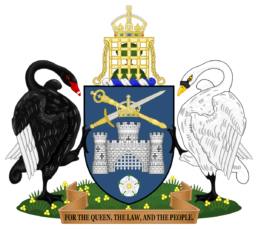Canberra’s reverse auctions procure large-scale renewable energy supply at highly competitive prices while ensuring economic development and community engagement.
Thanks to its reverse auction process, Australia’s capital, Canberra, has secured 440MW of wind and solar capacity at the nation’s lowest known prices. As opposed to a regular auction, where bidders compete on the highest prices, in a reverse auction, suppliers compete to win government contracts by offering increasingly lower prices. This ensures emissions reductions from large-scale projects are as cost-efficient as possible. The process also includes an innovative feed-in tariff with a contract-for-difference model, which guarantees payment of the difference between the per/KWh price for electricity delivered in the original winning project bid and wholesale power prices. Through the reverse auction process, which ensures financial stability to project developers, Canberra plans to achieve 75% of its 100% renewable energy goal by 2020.

The cost of the power suppliers’ proposals are not the only criteria for a successful bid. In addition to project readiness and a financial guarantee, 20% of the evaluation score is based on local economic development benefits and another 20% on proven community engagement and approval of the project.
2 million tons of CO2 expected to be reduced in 2020 due to the first reverse auction contract
The challenge
Australia has the highest per-capita greenhouse gas emissions of any developed country. One-third of its emissions come from electricity generation; in Canberra, the figure is 60%. The reverse auction program demonstrates it is possible to source significant quantities of renewable energy at low cost and has shown the way for Australia to reduce power sector emissions.
Co-benefits
Economic To date, more than $310 million of local economic benefit has been secured for the Australian Capital Territory (ACT) due to the initiative, and renewable energy jobs have increased by more than 400% in the past five years.
Environmental The increase in ACT renewable energy generation to date has helped ACT reduce its CO2 emissions from 4,460,000 to 3,934,000 tons from 2010 to 2015.
Social Climate action enjoys strong community support. A survey conducted in 2015 showed 78% of ACT residents supported its 100%-by-2020 renewable energy target.
About Canberra
Canberra is the capital city of Australia and has a population of 403,468. The site of Canberra was selected for the location of the nation’s capital in 1908 as a compromise between rivals Sydney and Melbourne, Australia’s two largest cities. It is unusual among Australian cities, being an entirely planned city outside of any state, similar to Washington, D.C. in the United States, or Brasília in Brazil.
Following an international contest for the city’s design, a blueprint by American architects Walter Burley Griffin and Marion Mahony Griffin was selected and construction commenced in 1913. The Griffins’ plan featured geometric motifs such as circles, hexagons and triangles, and was centred on axes aligned with significant topographical landmarks in the Australian Capital Territory.


